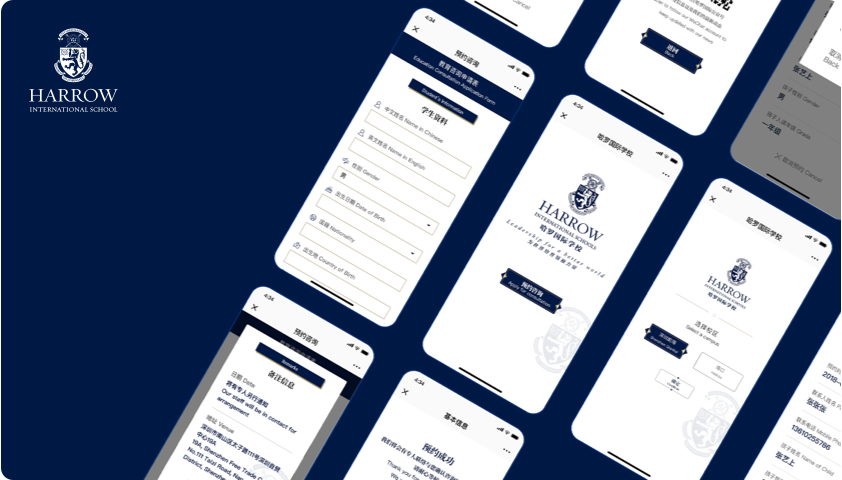MRT为企业互联网+ 赋能
What functions do OMS order system development require?
In recent years, more and more enterprises have begun to use OMS order systems to manage internal orders, enabling them to efficiently process orders and improve their competitiveness. So, what functions do OMS order system development require? Next, Guangzhou Mingrui Xudong Company will tell you about it.

1. Order reception and review
The OMS system should have the function of receiving and processing orders from different sources, including web, mobile, API, etc. At the same time, the system should also have the function of reviewing orders to ensure the accuracy of order information.
2. Order splitting and merging
For complex order structures, the OMS system needs to have order splitting and merging functions. This can help enterprises better organize and manage orders, reduce warehousing and logistics costs.
3. Inventory management
The OMS system needs to be integrated with the enterprise's inventory management system, updating inventory data in real-time to ensure the accuracy of orders. In addition, the system should also have an inventory warning function to remind enterprises to replenish goods in a timely manner.
4. Shipment Management
The OMS system should have order shipment management functions, including shipment notification, logistics tracking, etc. Enterprises can set up delivery notification templates through the system to improve delivery efficiency. At the same time, the system should also have a real-time query function for logistics information, making it convenient for users to understand the status of orders.
5. Customer Management
The OMS system should have customer information management functions, including customer information, transaction records, etc. The system should support enterprises to set different order statuses and return policies based on customer needs.
6. Financial Management
The OMS system should have order and customer billing management functions, including revenue, expenses, refunds, etc. The system should support integration with the financial system of the enterprise, update financial data in real-time, and assist the enterprise in financial analysis.
7. Reporting and Analysis
The OMS system should have rich reporting and analysis functions, including order quantity, sales revenue, inventory turnover rate, etc. These reports and analyses can help enterprises understand the operational status of their business and develop more effective business strategies.
8. System integration and expansion
In order to meet the continuous development needs of enterprises, the OMS system should have good system integration and scalability capabilities. The system should be able to integrate with other business systems (such as CRM, ERP, etc.) to achieve data synchronization and sharing. At the same time, the system should also have scalability, making it convenient for enterprises to customize functions according to business needs.
In summary, the development of OMS order system requires a series of functions to meet the order management needs of enterprises. This includes functions such as order reception and review, order splitting and merging, inventory management, shipment management, customer management, financial management, reporting and analysis, as well as system integration and expansion. A powerful OMS system can help enterprises improve order processing efficiency, reduce operational costs, and enhance customer satisfaction.























